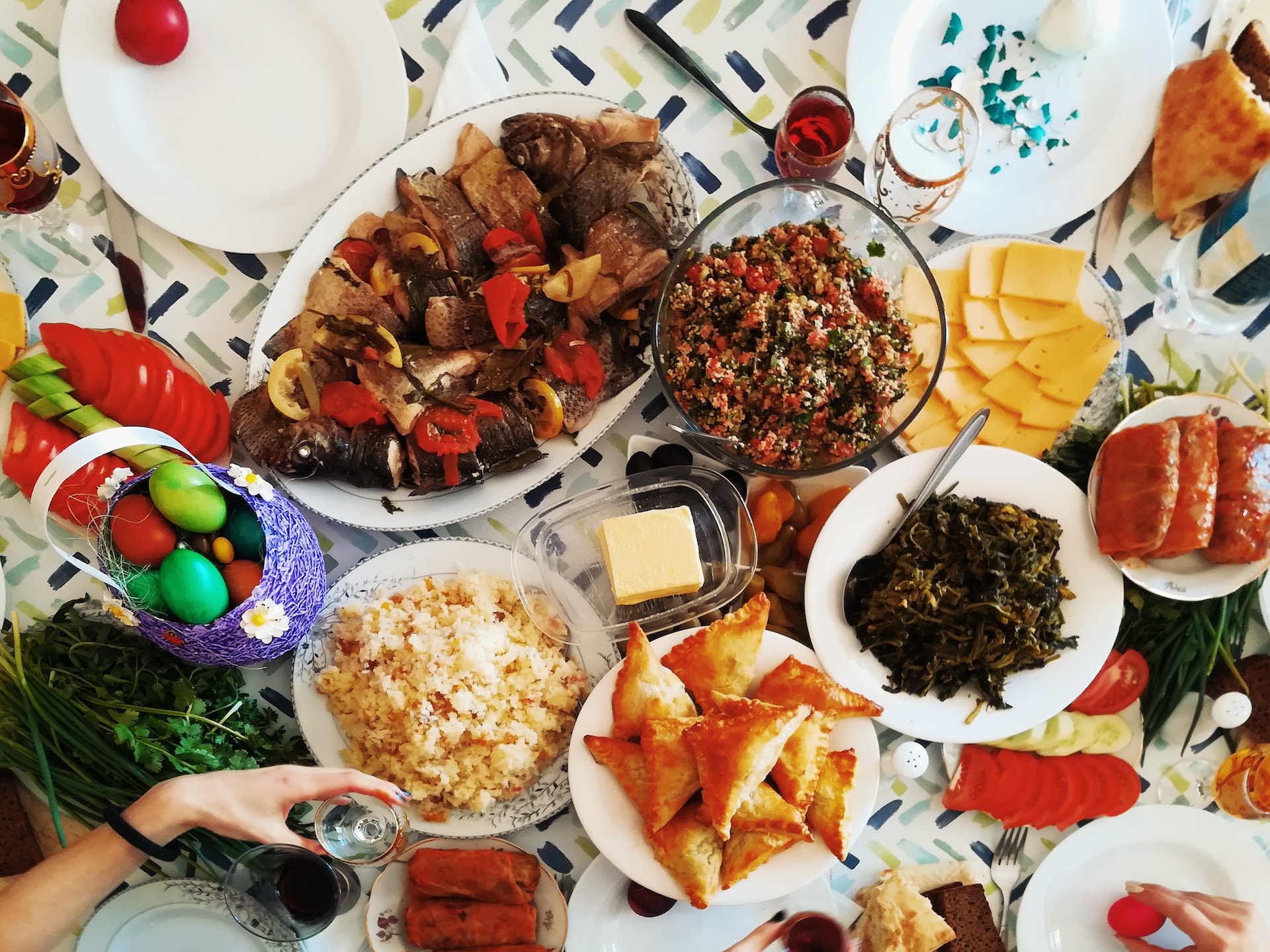1
Easter is the 7th top-selling week for US retail
With an average weekly sales increase of 4%. Although Easter offers a relatively modest sales bump compared to Thanksgiving and Christmas, it’s still an important holiday for the industry, lifting sales across departments, from produce to dry grocery, soft drinks to beverage alcohol (nearly 6% of the entire year’s beverage alcohol volume sales occur before the holiday weekend). Even cosmetics, health, and beauty aid categories get a boost.


2
Egg prices increased 75% in February 2023 compared to last year.1
So, if you’re dying eggs for the annual Easter egg hunt it’s going to cost you almost double. The risk of avian flu is still hurting egg supply, driving sales up at retail. Despite the price increases, overall unit sales of chicken eggs remain steady, up 1% in the year. However, we may see a decline come Easter since volume sales dropped in February (–4%).
The takeaway: In many markets in the US, it will be cheaper (and more sustainable and kid-friendly) to buy fake egg decorating kits—with “eggs” and decorations included—starting at $3 a kit. Opting for Chocolate eggs will also cost you 15% more than last year. So, bargain hunting may be the first task for families this Easter.
3
25% of Americans who celebrate Easter aren’t religious
But they still see the holiday as an opportunity to gather with friends and family over a special meal. We expect to see a growing diversity of traditions reflected in Easter shopping lists in 2023—frozen lasagnas and dumplings could have a place in Easter meal tradition alongside ham and casserole fixings.
The takeaway: Americans’ Easter meal traditions are only becoming more diverse, meaning more opportunities and competition for brands and retailers—for a full breakdown of which categories are winning and slipping around the holidays, bookmark the NIQ Holiday Hub.


4
Easter is the #1 holiday for milk chocolate sales2
Followed by Valentine’s Day and Halloween, which highlights the importance of this holiday for US CPG manufacturers and retailers who want to maximize sales.
The takeaway: Chocolate and Easter go together, the holiday is an obvious traffic and basket driver for retailers leading to the holiday. Make sure you have your inventory and displays ready to help consumers navigate their seasonal needs and drive impulse sales. Chocolate can be a sweet reward during tough economic times.
5
Many main course staples will be affected by rising prices this year
While overall meat and produce prices stabilized in February versus year-ago sales, reporting an average increase of 3%, certain categories continue to report large price increases including: turkey (+19%), potatoes (+17%), and spiral ham (+9%)—green beans (+3%), and lamb (–3%), will be less costly.3
The takeaway: Inflation and rising food prices continue to plague consumers which will impact spending power this Easter. We may see a shift to cheaper alternatives like less expensive cuts of meat, vegetables, or store brands. Retailers and brands may need to strategically align promotions around key meals and seasonal items to win over cost-conscious consumers.

1. NIQ Total US xAOC, 4 weeks ending Feb. 2023, unit price % change
2. NielsenIQ Connect Total Store data
3. Average unit price increase Feb 2020




